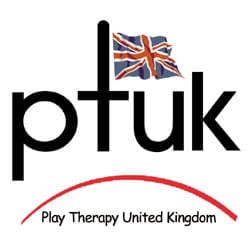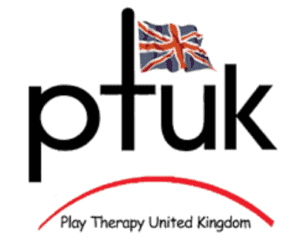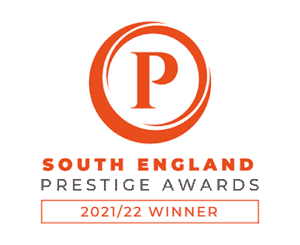This study evaluates the effect of shared therapeutic metaphor inspired by Native American songs and stories on the self-esteem of girls aged between eight and ten years of age. It seeks also to explore how the assimilation and integration of the metaphorical message of the researcher’s story may be used within the girl’s stories during the creative story telling sessions. The study therefore utilises two perspectives. Self-esteem is explored by the use of Personal Construct theory and derives from the hypothesis that therapeutic metaphor has the potential to transform negatively held views from children with low self-esteem to behaviours indicative of high self-esteem. Therapeutic metaphor is also explored through the synergy of Erikson’s utilisation technique and the ancient traditions of Native American storytelling.
Three research methods were employed:
I. Goodman’s Strength and Difficulty Questionnaire (SDQ).
II. Butler’s Self-Image Profile – Children (SIP-C).
III. Oaklander’s Rose Bush Drawing visualisation and drawing technique (RBD).
The cohort comprised five girls: between eight and ten years old; from varied ethnic and socio-economic backgrounds.
By the end of the study, results demonstrated a clear improvement in the girl’s behaviours associated with low self-esteem. This indicates that therapeutic metaphor delivered within a creative story session is supportive in improving the self-esteem of girls of this age. Additionally the study’s findings contribute to a greater understanding on the assimilation and integration of therapeutic metaphor and may support the future work of professionals utilising therapeutic metaphor as a tool to communicate with children.





